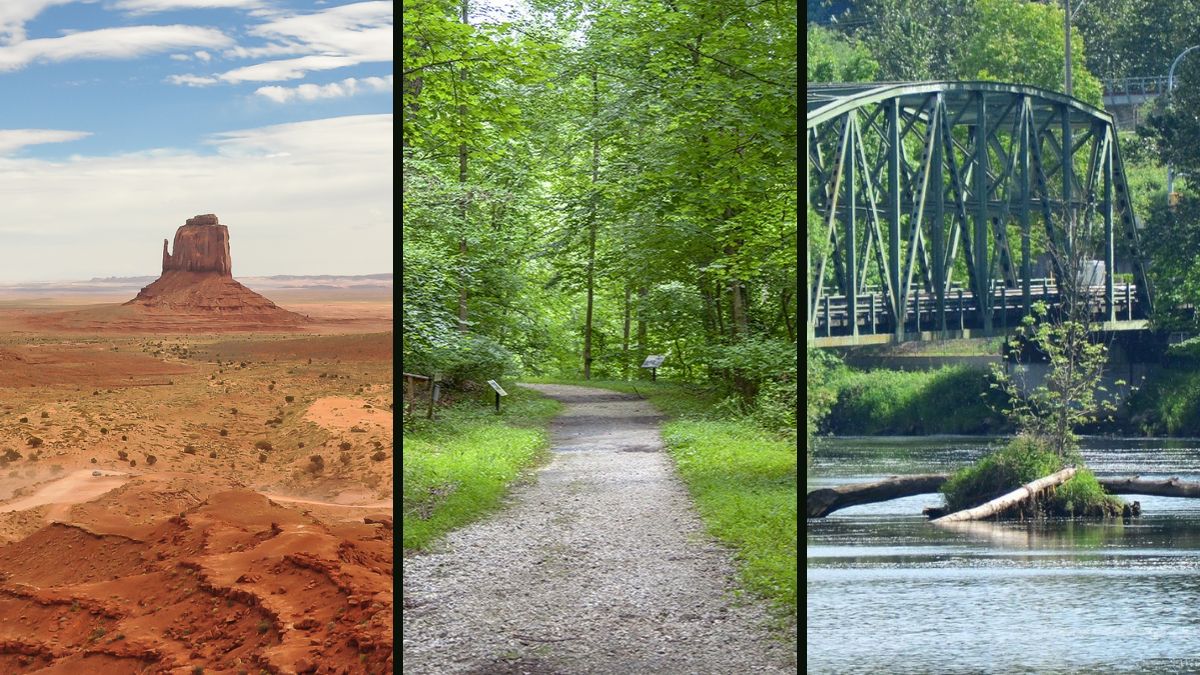When it comes to concealing a crime, especially one as serious as murder, location matters. Throughout the United States, certain sites have developed dark reputations as frequent dumping grounds for homicide victims. Whether it’s due to their remoteness, natural cover, or proximity to urban centers, these places offer killers a disturbing blend of secrecy and convenience. Here are 10 real locations across the U.S. that have become infamous for being where murderers leave their victims behind.
10. Green River, Washington
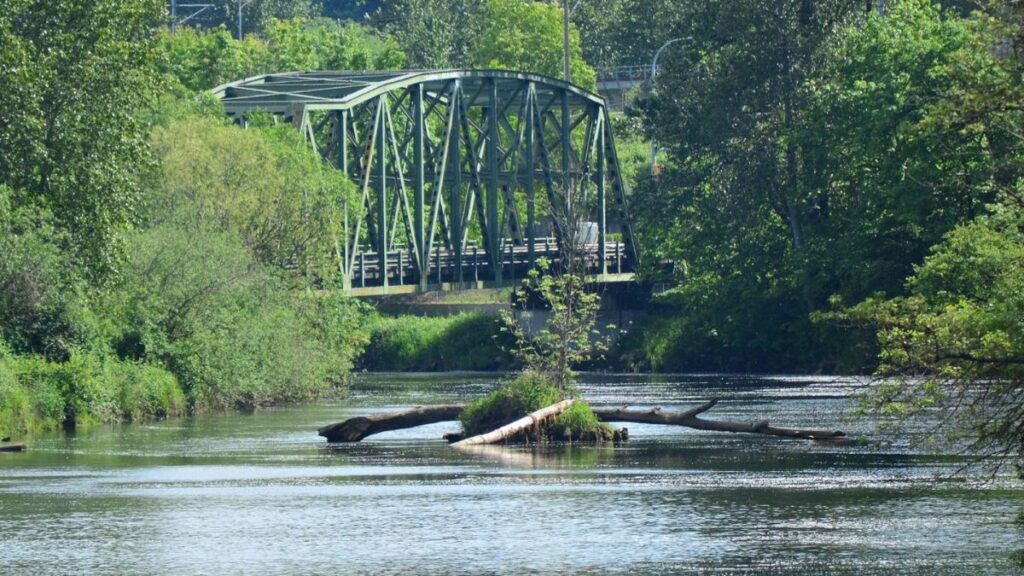
What was once a quiet, scenic waterway in Washington State became infamous in the 1980s and ’90s as the haunting backdrop to one of the most disturbing serial murder cases in U.S. history. The Green River, winding through the Seattle area, earned its dark reputation due to the horrific crimes of Gary Ridgway—later known as the “Green River Killer.” Ridgway targeted vulnerable women, many of them sex workers, luring them in before brutally murdering them. He then disposed of their bodies along the riverbanks or directly in the water, believing the flowing current would carry away evidence. Over time, investigators uncovered dozens of victims, with Ridgway eventually confessing to the murders of 71 women, though the true number may be higher. The river’s name, once associated with natural beauty, is now permanently stained by the legacy of one of America’s deadliest serial killers. Today, even decades later, the Green River remains a chilling symbol of how easily evil can hide in plain sight.
9. Leakin Park, Baltimore
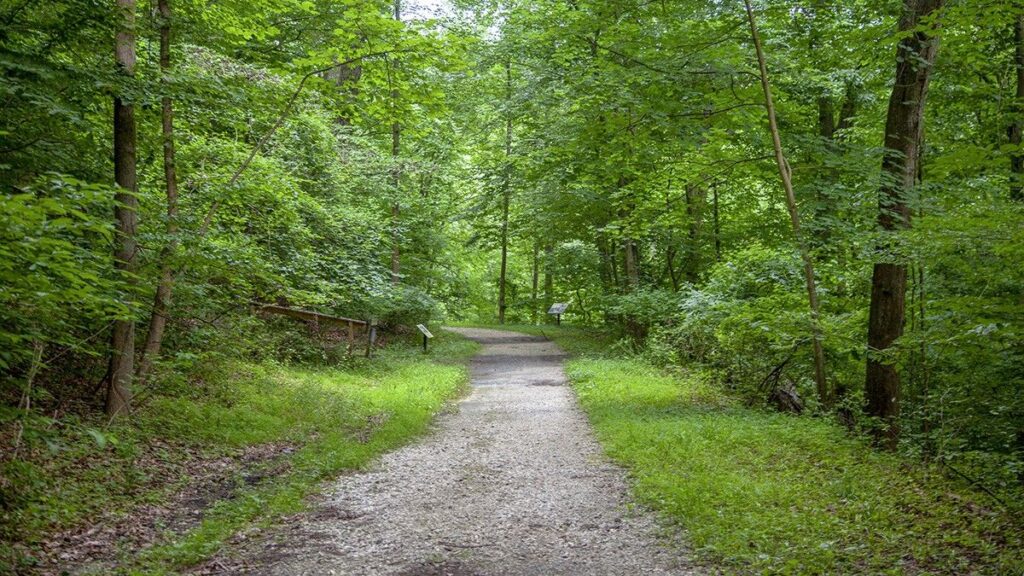
Leakin Park, nestled in the western part of Baltimore, has earned a chilling nickname over the years: “Baltimore’s body dump.” What appears on the surface to be a sprawling urban forest with winding trails and thick tree cover masks a long, disturbing history of violence and secrecy. Since the 1940s, more than 70 bodies have been discovered within its dense woods, making it one of the most notorious body disposal sites in the United States.
The park’s combination of seclusion and accessibility is what makes it so attractive to those seeking to conceal a crime. Located close to residential neighborhoods yet filled with overgrown paths and underused spaces, it offers the kind of hidden corners and natural camouflage that allow bodies to go unnoticed for weeks, months, or even years. Law enforcement officials and local residents alike have come to recognize it as a grim symbol of the city’s struggles with violent crime.
Leakin Park gained widespread public attention in 2014 when the hit podcast Serial featured the 1999 murder of Hae Min Lee, a high school student whose body was found buried in the park. The case sparked national interest and renewed focus on the park’s dark reputation. While efforts have been made to revitalize the area and encourage legitimate recreational use, the shadows of its past continue to loom large. For many, Leakin Park is less a city escape and more a symbol of secrets buried beneath the surface.
8. Central Pine Barrens, New York
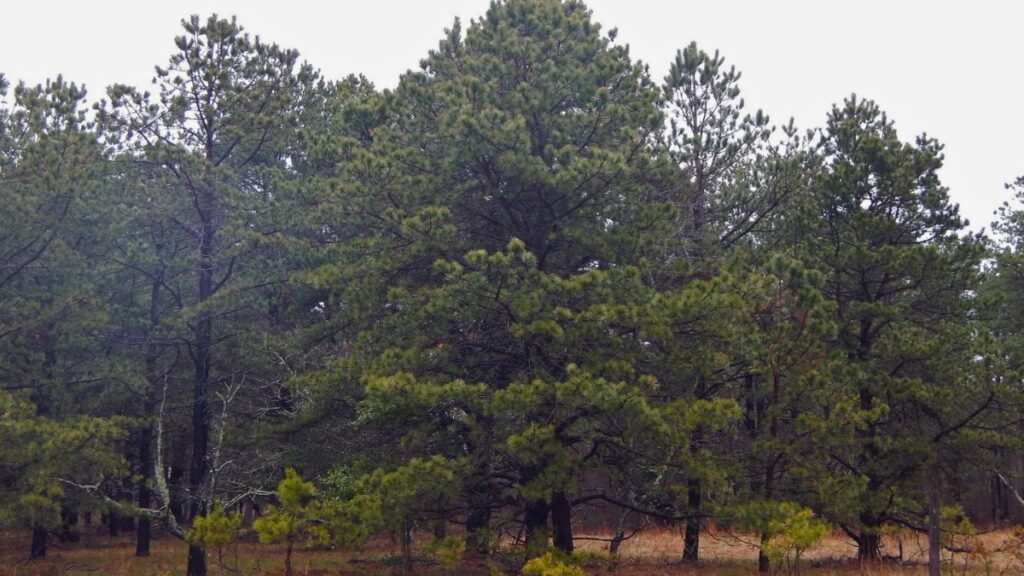
Stretching across over 100,000 acres of dense forest and scrubland, the Central Pine Barrens of Long Island present an environment that is both hauntingly beautiful and unnervingly isolated. Known for their quiet, uninhabited expanses and minimal foot traffic, these woods offer a level of seclusion that few other places in the region can match. It’s this eerie stillness—combined with difficult terrain and limited surveillance—that has made the Pine Barrens an ideal location for those wishing to hide something… or someone.
The Pine Barrens drew national attention in the early 2000s when law enforcement began discovering human remains in and around the area. These discoveries intensified with the investigation into the Gilgo Beach serial killer—an unknown figure suspected of murdering multiple sex workers and dumping their bodies along Ocean Parkway, near the border of the Pine Barrens. As more victims were identified, the surrounding woodland became an expanded search zone, with authorities scouring the underbrush for hidden burial sites.
Though not all of the remains found have been definitively linked to the Gilgo Beach case, the proximity and conditions strongly suggest a pattern. The sheer scale of the Pine Barrens has made it difficult to search thoroughly, and many fear there are still bodies waiting to be found. In recent years, with developments in forensic technology and renewed interest in the case, the Pine Barrens continue to be a focal point for cold case investigators and criminal profilers alike.
Beyond its ecological importance, the Central Pine Barrens now carry the weight of a dark legacy—an enduring reminder of how vast, quiet landscapes can mask unimaginable horrors.
7. Tacony Creek Park, Philadelphia
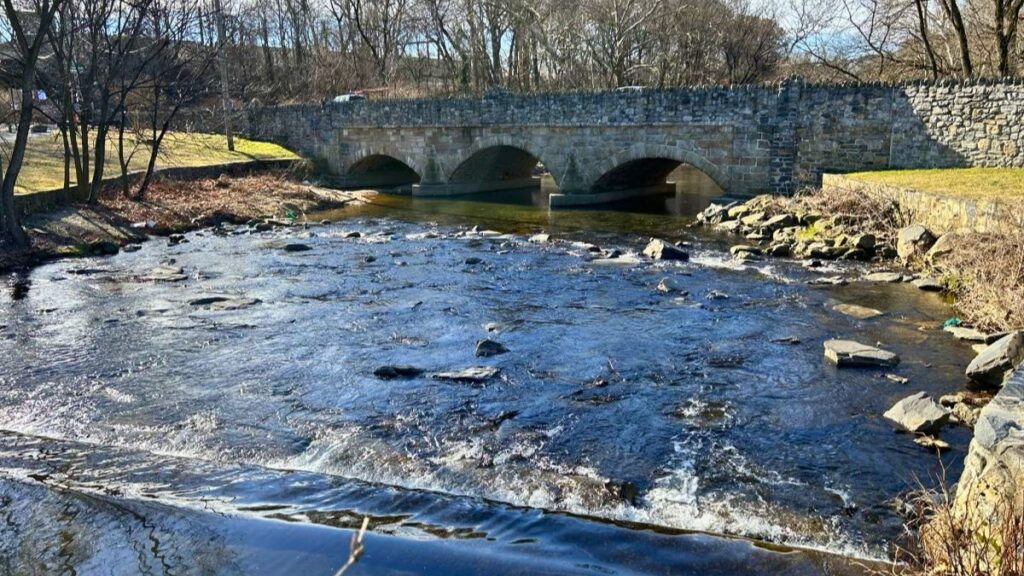
Tacony Creek Park, an overgrown stretch of urban wilderness tucked away in North Philadelphia, has become a grim fixture in the city’s criminal landscape. Though intended as a green space for recreation and community, its secluded trails, dense thickets, and poorly lit pathways have turned it into a favored dumping ground for violent criminals. Over the years, police have discovered numerous bodies hidden among the brush—many victims of shootings, others of grisly acts like burning or blunt force trauma. The park’s accessibility from major roads, paired with its maze-like interior, makes it ideal for someone looking to quickly abandon a body with minimal risk of being seen. Residents and law enforcement alike have voiced concerns about the park’s dark reputation, particularly as cases of missing persons and unsolved homicides continue to circle back to this haunting stretch of land. Despite efforts to reclaim it as a safe public space, Tacony Creek Park remains a stark reminder of how crime can fester in even the most unassuming corners of a city.
6. Humboldt Park, Chicago
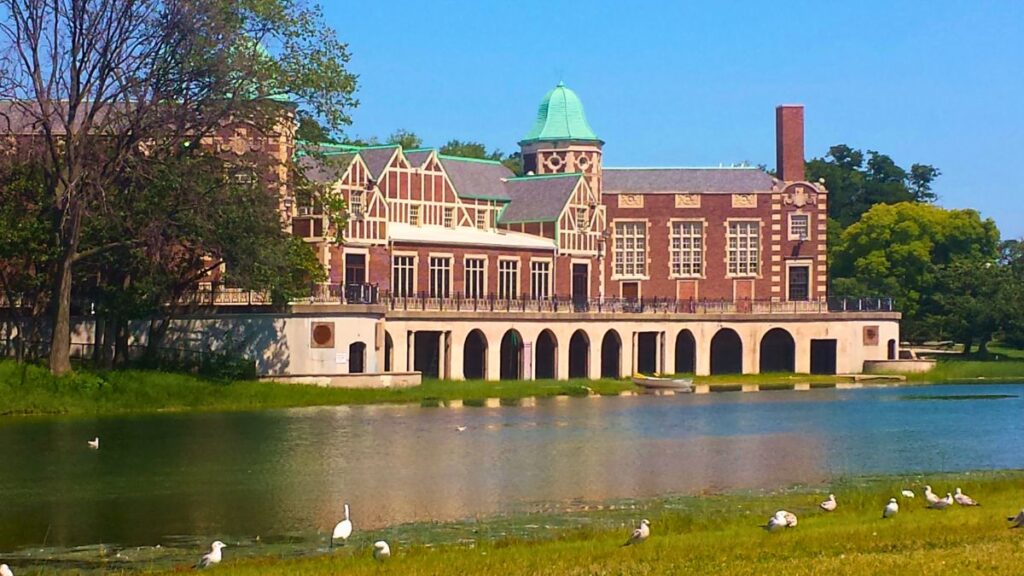
Humboldt Park, a vibrant neighborhood on Chicago’s West Side, is best known for its cultural festivals, scenic lagoon, and lively community atmosphere. However, beneath its outward charm lies a disturbing and often overlooked history of violent crime. Between 2013 and 2015, the park became the site of several gruesome discoveries, as authorities recovered multiple sets of human remains scattered throughout the area. Some victims had been dismembered, their body parts stuffed into garbage bins, dumpsters, or submerged in the park’s waters—grisly attempts to conceal the crimes. These shocking incidents shattered the park’s peaceful image and raised alarms about the vulnerability of urban green spaces being exploited for dark purposes. The unsettling pattern also drew attention to the broader issue of violence and missing persons in underserved communities. While Humboldt Park remains a hub of neighborhood pride, its beauty is shadowed by the chilling reminders of lives lost and crimes hidden among the trees and trails.
5. East River, New York City
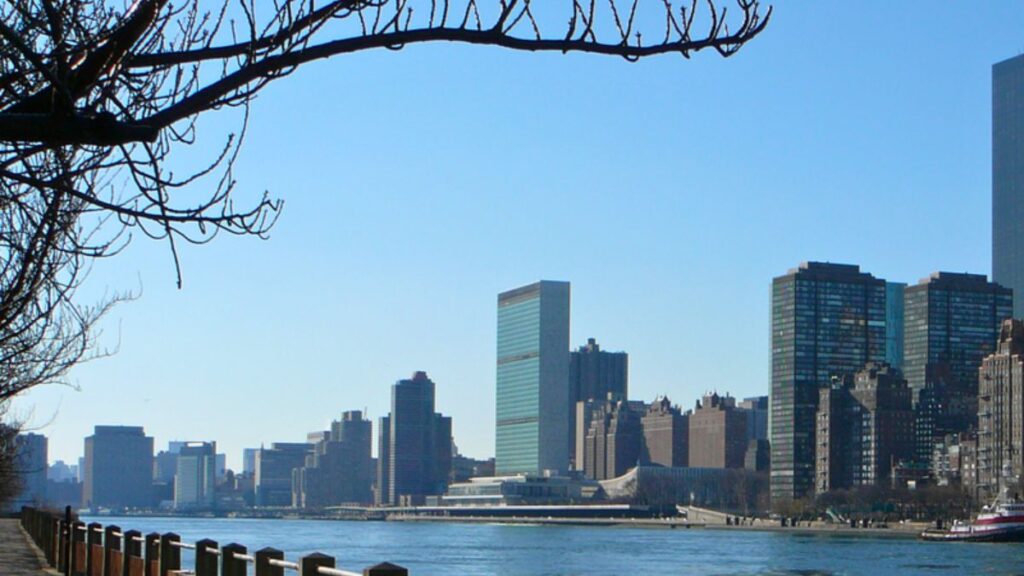
Each spring, as the chill of winter recedes and the waters of New York City’s East River begin to thaw, a grim cycle resumes: the river gives up its secrets. Bodies long hidden beneath sheets of ice or weighted down in the murky depths start to rise, brought to the surface by warming temperatures and shifting currents. For decades, the East River has served as a convenient and macabre dumping ground for criminals looking to make evidence vanish. Its proximity to the city, combined with its powerful tides and limited visibility, make it a prime location for body disposal. From organized crime hits during the Mafia’s heyday to victims of random violence and domestic abuse, the river has swallowed countless lives. Notorious serial killer Joel Rifkin, active in the early 1990s, was among those who used the East River to dispose of his victims, often dismembering them to hinder identification. While modern surveillance and improved policing have made the practice riskier, the river remains a haunting symbol of New York’s criminal underworld—its waters carrying with them decades of unsolved mysteries and lives unjustly taken.
4. Deserts and Swamps (Various States)

The vast deserts of the American Southwest and the tangled swamps of the Deep South have long served as natural hiding places for the dead. Their remote, unforgiving landscapes offer the perfect cover for those looking to dispose of bodies far from prying eyes. With scorching heat, shifting sands, and rugged terrain, deserts can swallow evidence entirely—bones bleached by the sun and scattered by scavengers, while traces of violence are erased by time and weather. Similarly, the dense, murky swamps of states like Louisiana and Florida are teeming with wildlife and concealed by thick vegetation, making it nearly impossible to locate a body without specific coordinates or luck. These environments are rarely patrolled and difficult to search thoroughly, giving perpetrators a significant advantage. In many cases, victims left in these regions remain missing for years, if not decades. Even when remains are found, the extreme conditions often degrade DNA and destroy forensic evidence, complicating identification and prosecution. These harsh natural settings have become silent accomplices to countless unsolved crimes, where isolation itself becomes part of the weapon.
3. Kingston Run & Cleveland Flats, Ohio
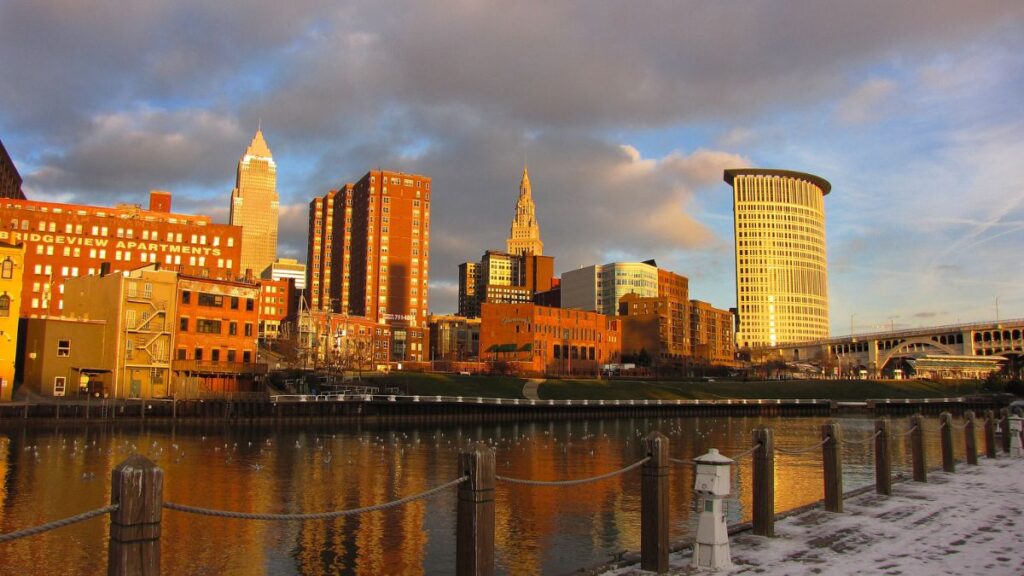
The Cleveland Flats, a low-lying industrial district near the Cuyahoga River, became the chilling epicenter of one of America’s earliest and most gruesome serial murder cases—the Cleveland Torso Murders. Between 1934 and 1938, at least a dozen dismembered bodies, often stripped of identity through decapitation and mutilation, were discovered scattered along the riverbanks, in the woods, and among the debris of abandoned factories and rail yards. The killer, dubbed the “Mad Butcher of Kingsbury Run,” seemed to target society’s most vulnerable—homeless individuals and transients—making identification and investigation incredibly difficult. Despite intense efforts by law enforcement, including legendary lawman Eliot Ness, the murderer was never brought to justice. The case remains unsolved, shrouded in speculation and fear. To this day, the Flats carry an eerie legacy, a place where the city’s industrial past collides with a haunting chapter of violent mystery. Though the area has seen revitalization efforts in recent years, its grim connection to the Torso Murders still lingers in Cleveland’s collective memory.
2. Taylor Mountain, Washington

Ted Bundy, one of the most infamous serial killers in American history, admitted to using Taylor Mountain, a heavily wooded area in Washington State, as a dumping ground for several of his victims during his brutal killing spree in the 1970s. Located just a short drive from the Seattle metropolitan area, Taylor Mountain offered the perfect combination of isolation and accessibility. Its dense forest, rugged trails, and sparse foot traffic provided Bundy with the cover he needed to return to the scene undetected—something he reportedly did more than once to revisit the remains. The mountain’s proximity to urban centers made it easy for him to lure victims from nearby college campuses and transport them without raising suspicion. Over time, skeletal remains of multiple women were discovered there, linking the site directly to Bundy’s horrific crimes. Taylor Mountain has since become a grim landmark in the history of American criminal investigation—a stark reminder of how familiar, natural landscapes can be exploited for the darkest purposes. Today, it stands not only as a popular hiking destination but also as a place forever haunted by the atrocities committed within its woods.
1. Molalla Forest, Oregon
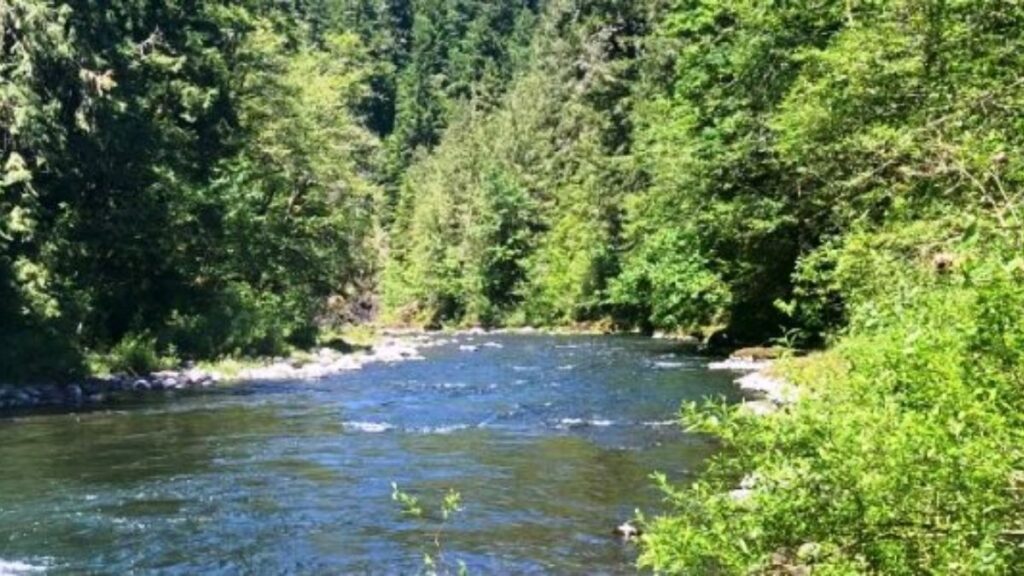
Deep in the forests of rural Oregon lies the Molalla Forest, a remote and rugged expanse that became the infamous hunting ground of Dayton Leroy Rogers, later dubbed the “Molalla Forest Killer.” During the mid-1980s, Rogers targeted vulnerable women, many of whom were sex workers, luring them to the isolation of the forest before brutally murdering them. The dense canopy, unmarked logging roads, and sheer scale of the terrain provided the perfect cover for his crimes, allowing him to operate in secrecy for years. Rogers used the forest not just as a dumping ground, but as a place to carry out the killings themselves, further complicating the search for victims and evidence. As bodies were slowly discovered—often in advanced stages of decomposition—investigators struggled to identify them and link the crimes. It wasn’t until Rogers was caught in the act of assaulting a woman who survived that the full extent of his atrocities came to light. In total, he was convicted of murdering at least seven women, though the true count may be higher. The Molalla Forest, once a quiet natural landscape, is now remembered as the backdrop for one of Oregon’s most chilling serial murder cases.
- 10 Disturbing Messages Captured by Cockpit Voice Recorders (CVRs) - July 22, 2025
- 10 Must-Watch Korean Horror Films that Define the Genre - July 22, 2025
- 10 Ghost Stories from Haunted Trails in U.S. National Parks - July 21, 2025

